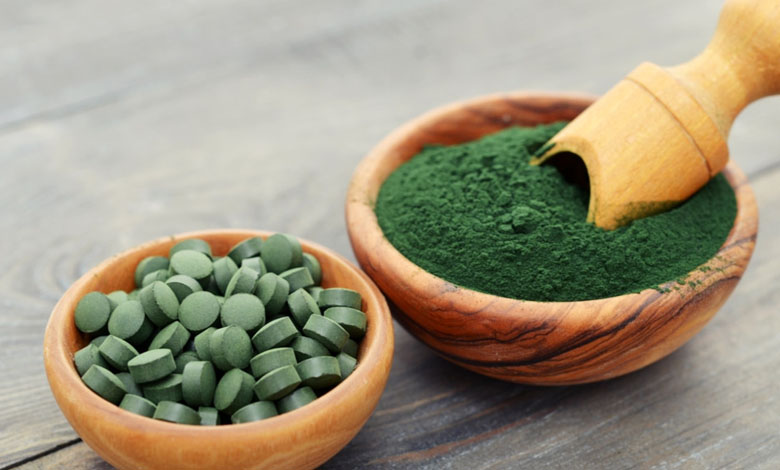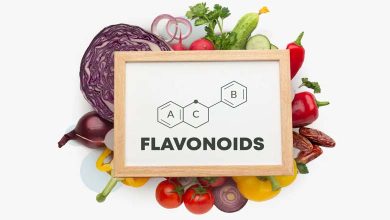What are the health benefits of spirulina?

Considered a micro-algae, spirulina is actually a cyanobacterium. This means that it has the ability to carry out photosynthesis thanks to the pigments that compose it. Present on Earth for more than 3.5 billion years, this bacterium today arouses the interest of many potential consumers, both because of its multiple virtues for health and for its nutritional value. So why is it interesting to consume spirulina?
Spirulina is spiral in shape and grows naturally in freshwater lakes with mineral salts in warm regions of the Globe. It is found in its natural state in bodies of water in India, Chad or Mexico or Peru, sometimes giving them an emerald color. It has been consumed for centuries by local populations such as the Aztecs and Mayas in South America or the Kanembous in Chad, aware of its virtues!
Spirulina is often referred to as the most nutritious food in the world since it has been recognized by the WHO and Unesco as being a “superfood” to fight against acute malnutrition. But this bacterium has many other beneficial properties for the body. Maëlys Garnier, marketing manager at Dynveo, a French laboratory that creates food supplements, explains in particular that ” many clinical and scientific studies confirm the action of spirulina on the cardiovascular sphere, on cholesterol, weight control or muscle tone “.
Its nutritional richness in iron and other minerals (phosphorus, potassium, magnesium, copper, zinc, manganese, etc.), vitamins A, B (B1, B2, B2, B6, B9 and B12), E, vegetable proteins, acids beneficial fatty acids (gamma-linolenic acid) and essential amino acids make this superfood a product with exceptional nutritional qualities. Maëlys Garnier adds that “ the effectiveness of spirulina results from the synergistic action of nutrients and active ingredients, such as phycocyanin “. Because this blue pigment contained in the cyanobacterium and active molecule of spirulina arouses curiosity. It helps strengthen the immune system and protect the body’s cells. It is for this reason that the French organic spirulina developed by Dynveo contains a high level of phycocyanin.
Why does Dynveo French organic spirulina make the difference?
The rate of phycocyanin commonly used in the composition of tablets or quality organic spirulina twigs is between 15 and 20%. The French organic spirulina developed by the Dynveo laboratory reaches a rate of between 25 and 31% depending on the batches offered. Because, as Maëlys Garnier points out: Our spirulina comes only from the strain Spirulina platensis Paracaswhich is known to have an optimal nutritional profile with high protein and phycocyanin levels. Indeed, the protein content of Dynveo products is around 60%.
In addition, the organic spirulina used by the laboratory is exclusively French and comes from a human-sized farm that manages its water resources sparingly. The harvested spirulina is dried at a temperature below 40°C compared to the 50°C usually practiced in other spirulina producing countries. The reason ? Vitamins and minerals do not deteriorate and retain their properties. The marketing manager explains the choice of this supplier perfectly: “ We have chosen to collaborate with an organic and French producer, guaranteeing exceptional know-how! »
How is spirulina produced in France?
France is one of the pioneering countries in the cultivation of spirulina. If in the wild it grows in hot regions, it is because it needs to reach a certain temperature to be able to develop properly. Thus, in France, spirulina producers place basins in greenhouses to naturally heat the water using the sun’s rays. This microscopic organism then develops by photosynthesis. Nevertheless, it must also be shaded to avoid the phenomenon of photolysis which can cause it to die due to too long exposure to ultraviolet radiation. Being grown in a greenhouse also protects theArthrospira platensis from any source of pollution. The water in the pools is, moreover, strictly controlled so that the bacterium develops in conditions close to those of its original environment. And it must be regularly shaken to promote gas exchange leading to photosynthesis.
In France, the cultivation of spirulina is not industrial unlike other spirulina producing countries, but only peasant. Maëlys Garnier explains: “ In French legislation, all crop inputs must be organic and this is not valid for all countries. Indeed, spirulina grown in India or Africa can have European organic certification by equivalence, despite much less significant constraints. »
As a bonus, producing spirulina does not require any pesticides, herbicides, fungicides or GMOs. If French farms are not often labeled organic, the one chosen by Dynveo is. A plus that makes the difference!












